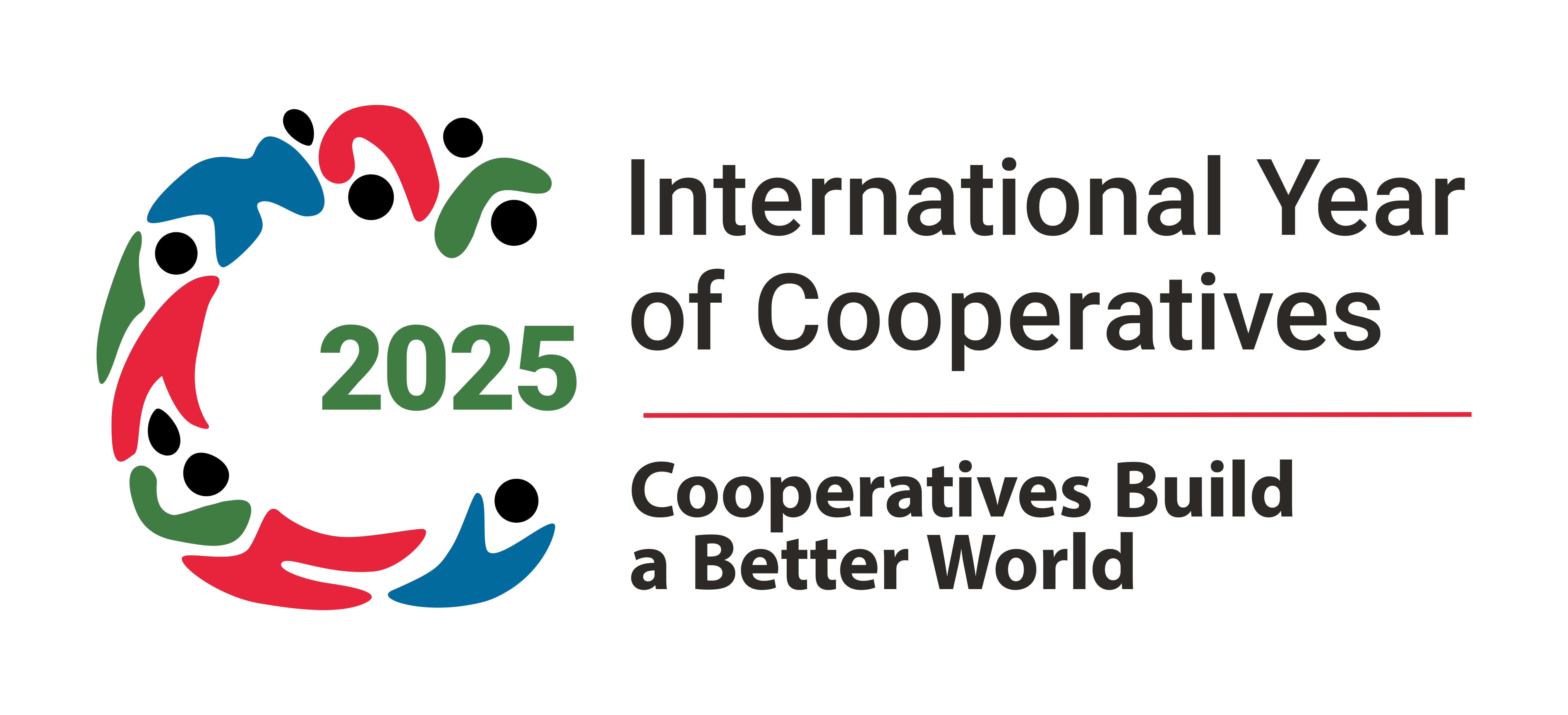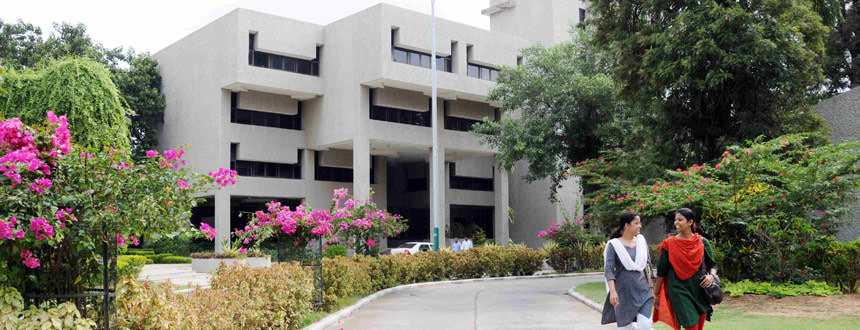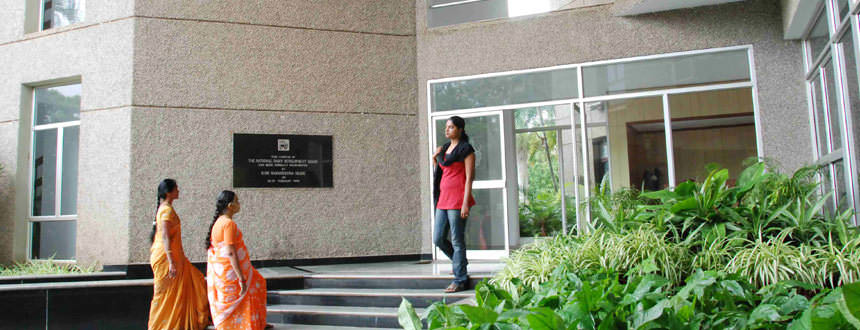IDA - XLI Dairy Industry Conference, Mumbai, March 14, 2013
IDA - XLI Dairy Industry Conference, Mumbai, March 14, 2013
Keynote address
About 900 million people in the world are reported to be chronically undernourished with a vast majority of them in developing countries. Food security is therefore a matter of great concern. Milk is an important source of valuable nutrients. The choice therefore of this year’s theme for the Conference, namely “Global Dairy Industry & Food Security” is most appropriate. I do fear however that when we use the word ‘global’ that all too often we think of our position in the global market and ourselves as a potential exporter of dairy commodities. While this may have merit and can be turned to the advantage of our producers, it is important never to forget that our domestic market is very large. But at the same time we need to remember that the fundamental goal of dairying in our country is not just milk and milk products. It is the women and men who care for their animals and produce milk. For them it is livelihoods and this must remain central to all that we plan for the future growth of the dairy industry. We need to ensure a remunerative income for them from milk and through that an improvement in the quality of their lives and wellbeing. More importantly there are very large segments of our population who have little or no access to milk and milk products. Our first obligation therefore is to continue to build and expand our domestic market and find creative ways with our Central and State Governments to ensure that an increasing proportion of our nation’s children drink milk. We need to remember also that while about half of the country’s rural population own milch animals, a much larger proportion of our nation’s consumers, both rural and urban, purchase milk.
We are food secure when all people at all times have access to and can afford safe and nutritious food to meet their dietary needs to lead an active and healthy life. While nutrition is a vast subject in itself, there is ample evidence to show that under-nutrition of the mother during pregnancy severely impairs the development of the foetus and the consequence of under-nutrition for children up to the age of 2 is extremely severe and often irreversible.
The Central Government is contemplating a National Food Security Bill (as are some States) which envisages covering nearly half of our rural households and a third of urban households, which means that a substantial proportion of our households are vulnerable in terms of their ability to purchase and consume adequate quantity of food.
Availability, affordability, safety and sustainability are the basic elements of food security and I would like to dwell on these this morning.
Availability
Starting with the availability of milk and milk products in the country. The Economic Survey of 2012-13 states that India ranks first in world milk production. India’s milk production has been growing at over 4% annually compared to the growth in world milk production which is about 2.75%. The per capita availability of milk has also increased to 290 grams per day, which is comparable with world per capita availability of 289 grams per day. Milk is also the single largest agricultural commodity in value in the country. In fact our country’s achievement in increasing milk production is all the more commendable because unlike developed milk producing countries which are in the temperate zone with a mild climate, India is a tropical country with a hot and humid climate, which is not particularly conducive to milk production. What is also different about our milk production is that unlike developed dairying countries where milk is produced by a few thousand farmers with large herds, in India it continues to be produced by millions of small farmers with holdings of 3-4 animals.
With incomes rising, the demand for milk is also growing much faster and has been projected to reach 200-210 million tonnes by 2021-2022. The only way we can meet this demand through domestic production, is by increasing productivity.
A scientific approach to increasing productivity i.e., breeding and feeding is needed and this requires a change in the mindset of all those who are today providing services to farmers, be it veterinary service or AI. The delivery of veterinary and AI services continues to be primarily the responsibility of State Animal Husbandry Departments, State Livestock Boards, cooperatives and a few service providers. To increase the coverage of breedable animals under AI, both cooperatives and private companies need to start taking responsibility for encouraging professional service providers to provide quality AI and veterinary services and advice on appropriate feeding practices to milk producers in the areas from where they procure milk, if they cannot do so themselves. The manner in which the AI service is provided needs to undergo a change also with AI technicians being trained or retrained to follow an SOP which is uniform across the country, which includes tagging, use of a PDA, reporting each activity performed etc. AI technicians need to henceforth be made familiar with the Breeding Policy in their area of operation so that they carry with them and use the appropriate semen and monitored to ensure that they are strictly following the SOP.
It is also essential to measure progress with respect to enhancement of productivity and this will be possible only if performance records are captured and maintained and analysed over time. The starting point for all this is the identification of the animal with a unique number by eartagging.
A comprehensive web based National Information Network covering all aspects of productivity enhancement i.e., breeding, feeding and healthcare, has been developed and is available to any organisation, producer, service provider and policy maker that wishes to link up. The Information System processes data captured at source on various activities in the field using mobile phones or PDAs or netbooks which is transmitted to a central server where it is processed to provide value added information to anyone who wishes to use this service.
The National Dairy Plan, which is being financed by the World Bank and Government of India, is a scientifically planned multistate initiative focused on improving milch animal productivity through interventions in breeding and feeding and aims at bringing about a change in the mindset that I have spoken about. It also proposes to increase the coverage of more milk producers by the organised sector comprising both the cooperative and private.
As the dairy industry grows, there is a need for accurate and timely data to enable both commercial and policy decisions to be reached with a degree of confidence. Today information available with the Government is almost entirely provided by cooperatives. It is time that each participant in our industry begins sharing accurate information to enable an orderly growth to take place. This would be in accordance with practices prevailing globally.
Critical to the success of all the interventions required to be undertaken by the dairy industry in the coming years is quality manpower ranging from village resource persons to managers and specialists. The numbers required are going to be very large. The NDDB is therefore setting up a National HRD facility which will offer need based technical, managerial and leadership training programmes, deliver distance education and facilitate training of trainers.
Affordability
I would now like to address the second and most important aspect of food security which is affordability.
While increased production can improve food security by ensuring availability, national self-sufficiency in itself does not translate into food security to the individual or household level. At the same time ensuring food security at an individual level is now moving from a welfare approach to a rights based approach i.e., citizens can demand that the state provides them adequate food at affordable prices. Food security also needs to be “nutrition sensitive” i.e., it is more than just increasing the quantity of intake of a particular food. It is about meeting the quality of food in terms of diversity in the diet and the nutrient content. Milk is unique among the basic food groups required each day for a balanced diet. I do not believe that there is any other natural drink that contains such a wide range of nutrients including protein, amino acids, vitamins, calcium and micronutrients like potassium, phosphorous and magnesium.
Of the 150 odd million rural households, nearly half of them keep milch animals which also indicates the significance of dairying as a source of livelihood. Milk contributes to about one third of gross incomes of rural households and in the case of landless households it is nearly half. This indicates the importance of dairying to rural household incomes which in turn contributes to improving the status of food security of low income households.
If these milk producers are to remain in the business of milk, they will need to be paid a remunerative price. At the same time, they will now have to be supported in various ways which enable them increase the productivity of their animals, as this is the only means to neutralize the higher cost of milk production due to the increase in cost of feed, fodder and wages paid to labour. Technologies in breeding and feeding, which are available, need to be taken by all agencies to producers at their doorstep. Given the fact that millions of small farmers will have to be reached, a collective effort on the part of Central and State governments, institutions like NDDB, ICAR and its field institutions, the KVKs, cooperatives and private companies will be required. In the absence of such an intervention, a continuous increase in milk price will at some stage erode the ability of families with low incomes to purchase milk leading to a reduction in consumption. It will also deny those who are presently not consuming milk, to ever introduce milk in their diets.
I would like to share with you some data to appreciate the gravity of what is happening today due to a lack of purchasing power in a substantial section of people in our country. According to the NSSO data, the average monthly consumption expenditure for 2009-10 works out to Rs.5,000/- in rural households and about Rs.8,000/- in urban households. About 60% of rural households and 70% of urban households report a consumption expenditure that is lower than this monthly expenditure. Of this, the average monthly expenditure for 2009-10 on milk and milk products is about Rs.380/- in rural households and about Rs.560/- in urban households with about 60% of both urban households and rural households having a consumption expenditure lower than this average. We can therefore safely conclude that a continuous increase in the price of milk will undoubtedly affect consumption at some stage.
We also need to be mindful of the fact that continuous increase in the price of milk will at some point erode our competitive advantage. With international pressure to reduce import duties and consider proposals for Free Trade Agreements with major dairying countries, the issue of affordability deserves a much more careful understanding than is currently seen. While some may believe that cheaper imports should be favoured for consumers, large imports would create social unrest in our rural areas, as the livelihoods of millions would be in jeopardy.
The dairy industry needs to be conscious at all times of the need for prices to remain affordable and that we remain competitive, especially when we know that under international trade agreements, many developed dairying countries continue to subsidise their own milk producers.
Safety
Coming to the third aspect i.e., safety. With worldwide demand for international quality food and with free markets, producing dairy products which are safe and of international quality is now a necessity and no longer a matter of choice. The guidelines for food safety and quality requirements are set by WTO’s SPS and TBT agreements and CODEX. These standards are the accepted international standards with which most of our national food standards are being harmonized. The global approach for safety and quality of food including milk and milk products is based primarily on risk assessment and on the introduction of preventive measures at all stages of the food chain from farm to table. In this farm to table approach, the producer, processor, seller, consumer and governments are all required to play a vital role in ensuring the safety and quality of milk products. The requirement now is that not only should the finished product conform to the stipulated safety and quality parameters, but that measures be taken to control and minimise contamination in the entire chain i.e., from production to the market. While efforts so far have resulted in some improvement in quality, much more needs to be done. Focus is required on measures to produce good quality raw material, to handle raw milk and processed products hygienically and to ensure adequate traceability in the operational chain. An effective cold chain at every stage throughout the operation to maintain the microbiological quality of milk and milk products, particularly with our high ambient temperatures, demands investment and greater focus. While the benefits of value addition in manufacturing milk products are known, only about 20% of the marketable surplus is sold as pasteurized liquid milk. There is an urgent need to make more hygienically processed and packaged liquid milk available. In addition to the cooperatives, the private sector needs to contribute to the sale of larger quantities of processed and packaged liquid milk. This will strengthen the organised dairy sector as a whole. Our dairy industry must take the necessary steps to meet the challenge of improving the quality and safety of milk and milk products to the level of global standards, even though there could be problems given the long and complex supply chains and cutthroat competition to keep prices low. Problems will keep surfacing from time to time – we have only to remind ourselves of the recent example of horsemeat found in beef products in the UK and Europe.
Sustainability
While we target growth in milk production, we need to remember that we live in a finite world with finite resources and that the availability of feed and fodder could be a constraint. Sustained efforts are required to implement strategies and programmes to augment the availability of feed and fodder and the efficiency of their utilisation, to sustain the required growth. In other words, we need to be feed secure as well. Growing pressure on the use of land for production of food crops will limit the use of land for fodder. The looming impact of climate change could impact the shortage of feed resources even further as our animals are dependent on food crop residues. Field tested technologies to improve the efficiency of utilisation of existing feed resources need to be taken to the farmers doorstep together with advice on feeding milch animals a balanced ration. This would have a significant and important impact on increasing milk production. The challenge is in all agencies evolving innovative ways of taking these technologies to the farmers doorstep. The National Dairy Plan proposes to do so in 40,000 villages through a Ration Balancing Programme.
Water could also be a limiting factor for growth, with many of the country’s zones and districts being declared as dark. The dependence of marginal and small farmers (whose number is increasing) on common lands around their villages to meet the demand for fodder for at least 4-5 months of the year will increase as the quality of animals improves, indicating that no time can be lost to encourage and work with village communities to revegetate common or grazing lands around their villages which are largely degraded and being rapidly diverted for other uses.
If our dairy industry has to pursue a responsible growth path, we need to ensure that practices and processes that minimise the impact of this growth on the environment, are adopted by processors, for example, the judicious use of water in milk processing, the use of renewable energy, improving efficiency in energy generation and use, waste and effluent management and measures to mitigate the impact of carbon emissions.
To conclude, all the institutions that serve our dairy industry ranging from cooperative to the private, need to begin exploring ways in which our collective resources can be combined to add value and contribute meaningfully to increasing productivity and through that the well being of our milk producers. For in the end it is on her shoulders that the future of our industry rests.
Thank you.






